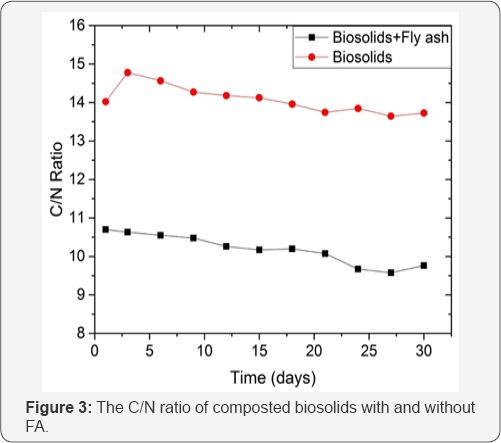

Smartphones can also be used to record information for user-profiling, and they can also influence the level of life satisfaction. In fact, the smartphone has become a disruptive presence in all essential various human activities: in some applications, the smartphone can be used to check the health of the users, or it can be used to acquire geographic coordinates from the real life of the users, which define the most relevant “place-of-interest”, described as “a location where the user usually goes and stays for a while”. Among the IoT devices, the smartphone is the most widely used. Various studies have made it possible to thoroughly investigate the potential of IoT to improve all aspects of our lives, from industrial IoT to connected health or smart cities. The so-called Internet of Things (IoT), a spider web of networked and interconnected objects that have proliferated over the past decade, could have a far-reaching impact on determining the relationship between human health and environmental quality due to its ubiquitous intelligence. Another relevant finding is that of the acquired studies in only one, the authors shared their wearables as an open-source device, and it will probably be necessary to encourage researchers to consider open-source as a means to promote scalability and proliferation of new wearables customized to cover different domains. The main result is that, among the thermal, visual, acoustic, and air quality environmental factors, the last one is the most considered when using wearables even though in combination with some others. The data were acquired following a reproducible methodology. However, what is the trend of scientific production about the concept of wearables regarding environmental monitoring issues? What are the main areas of interest covered by scientific production? What are the main findings and limitations of the developed solution in this field? The methodology used to answer the above questions is based on a systematic review.

Commercially available wearables aim to enhance smartphone functionality by enabling payment for commercial items or monitoring physical activity. In line with the IoT concept, many commercial wearables have been introduced in recent years, which differ from the usual devices in that they use the term “smart” alongside the terms “watches”, “glasses”, and “jewellery”. The so-called Internet of Things (IoT), which is rapidly increasing the number of network-connected and interconnected objects, could have a far-reaching impact in identifying the link between human health, well-being, and environmental concerns.


 0 kommentar(er)
0 kommentar(er)
